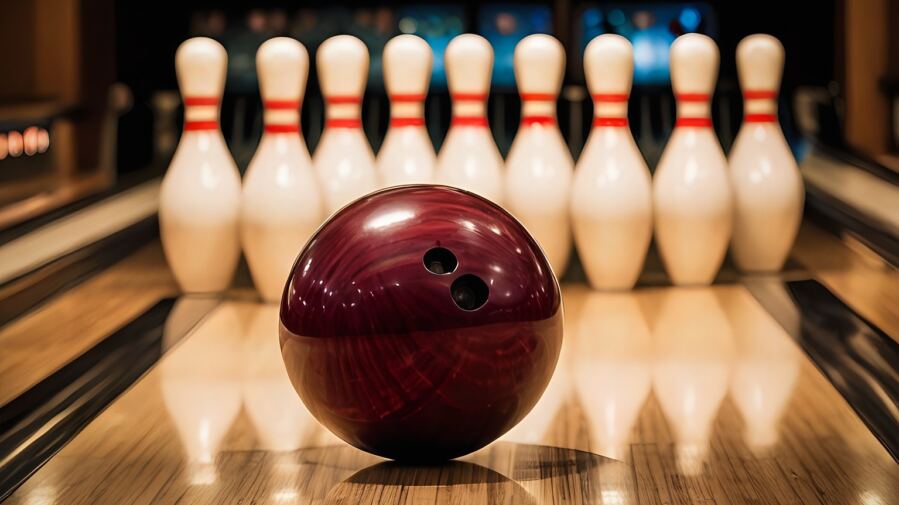An international research team has developed a mathematical model that could forever change competitive bowling strategy. Using physics simulations and differential equations, scientists have mapped the optimal conditions for achieving a strike, potentially transforming how professional bowlers approach the game.
The study, published today in AIP Advances, addresses a longstanding challenge in the bowling world – predicting with precision how a ball will travel down a lane under varying conditions.
“The simulation model we created could become a useful tool for players, coaches, equipment companies and tournament designers,” said Curtis Hooper, one of the researchers behind the study. “The ability to accurately predict ball trajectories could lead to the discoveries of new strategies and equipment designs.”
The bowling industry is far larger than many realize, with over 45 million regular participants in the United States alone and millions of dollars at stake in tournaments annually. Yet despite this popularity, bowlers have largely relied on statistical analysis from empirical data rather than theoretical modeling to improve their game.
Most competitive bowlers understand intuitively that oil patterns on lanes create varying friction surfaces that affect ball trajectory, but the specific physics has remained elusive. The new model fills this gap by incorporating variables including the initial velocity, launch angle, angular velocities, and the friction profile created by lane oil patterns.
What makes this research particularly valuable is its accounting for human inconsistency. The researchers incorporated a “miss room” calculation that accounts for the natural variance in a bowler’s release.
“Our model provides a solution to both of these problems by constructing a bowling model that accurately computes bowling trajectories when given inputs for all significant factors that may affect ball motion,” Hooper explained. “A ‘miss-room’ is also calculated to account for human inaccuracies which allows bowlers to find their own optimal targeting strategy.”
The researchers discovered that on certain oil patterns, targeting specific areas creates a larger margin for error. When a bowler plays along the boundary between two friction zones, slight deviations in their aim are naturally corrected – a higher friction area pulls the ball one way, while a lower friction area affects it differently.
This insight confirms what elite bowlers have long suspected but couldn’t quantify: the ideal line isn’t simply about hitting the pocket, but about choosing a path with the greatest tolerance for human error.
The team faced several technical hurdles in creating the model, particularly in describing the motion of subtly asymmetric bowling balls and translating complex physics into terms that coaches and players could readily understand.
Mark Davidson, a bowling coach at Pine Creek Lanes who wasn’t involved in the research, sees immediate applications. “This could revolutionize how we train serious players,” he said in a phone interview. “Instead of relying purely on feel and trial-and-error, we could actually show them the physics of why certain approaches work better.”
The research team, comprising scientists from Princeton, MIT, the University of New Mexico, Loughborough University, and Swarthmore College, plans to refine their model further by accounting for lane topography variations and collaborating with bowling industry professionals.
For competitive bowlers, this marriage of physics and sporting strategy couldn’t come at a better time. As tournament designs become increasingly sophisticated with complex oil patterns, having a scientific edge could make the difference between striking out and striking it rich.
If our reporting has informed or inspired you, please consider making a donation. Every contribution, no matter the size, empowers us to continue delivering accurate, engaging, and trustworthy science and medical news. Independent journalism requires time, effort, and resources—your support ensures we can keep uncovering the stories that matter most to you.
Join us in making knowledge accessible and impactful. Thank you for standing with us!

